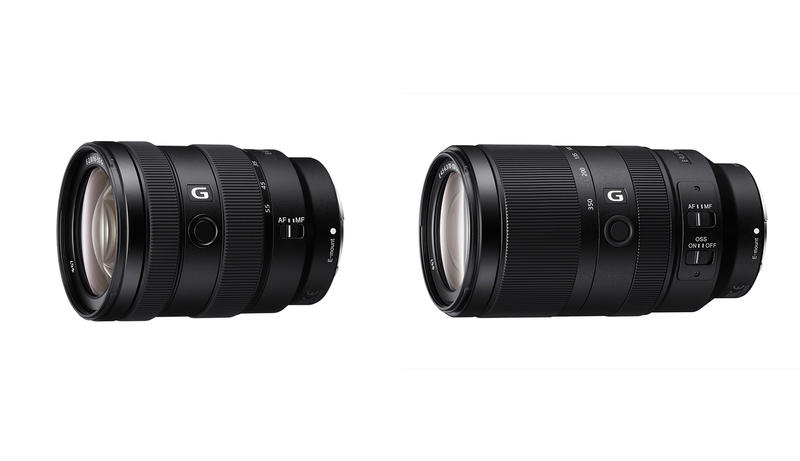Sony announced two new APS-C mirrorless interchangeable lens cameras at a special event in New York today, and the announcements are big news for anyone who’s looking for a small, capable camera that can handle everything from sport shooting to vlogging. The new a6600 flagship takes everything that is great about the a6400 it introduced earlier this year, and adds a big battery boost, in-body stabilization, a headphone jack and real-time eye autofocus for video.
The a6600 otherwise looks nearly identical to the a6400 on paper – it has the same 24.2 megapixel APS-C sensor, ISO sensitivity that expands all the way up to 102400, burst shooting at up to 11 fps, 3k 40p internal HDR recording and the same quality viewfinder. None of that is in any way a criticism, however – these were all excellent specs when they debuted on the a6400 earlier this year, and they’ll serve a6600 owners just as well.
What’s been added should be plenty exciting, however, since it brings the in-body image stabilization (IBIS) that was present on the a6500 but did not make it into the a6400, which was more capable in many other ways. This is a clutch feature for video creators, and that’s a key market for the a6XXX line for Sony, especially with its class-leading reputation for autofocus and high-quality 4K video capture. Ditto the addition of continuous real-time eye AF during movie recording.
Finally, that bigger Z battery (which debuted on the company’s full-frame mirrorless camera line and brought big battery life gains there) will be a boon to video and still shooters alike. The existing battery that powers the a6400, along with the rest of the line, is rated at 360 shots, but that’s very low compared to the a7 III’s 610 shots, and Sony is saying you’ll get over 2x the shooting time with the Z battery in the a6600 compared to its predecessor.
The a6600 retails for $1,400 U.S. for the body alone, and is available in a kit with the 18-135 lens from Sony for $1,800. It’ll be on sale in November.
Sony also unveiled a new entry-level option in its a6XXX line, the a6100. You get a lot of the benefits of the more expensive cameras here, including the same AF system (albeit without real-time Eye AF for movies, which is only on the a6600), and 4K 30p internal recording. You don’t get S-Log or HLG recording options, or HDR, however, and there’s no in-body stabilization. You’re also stuck with the older battery, lower maximum ISO sensitive (51200 in expanded mode) and a lower resolution electronic viewfinder. Still, all told it’s a good bargain – especially since you get Sony’s outstanding real-time object tracking autofocus feature.
The a6100 retails for $750 U.S. for the body alone, and is available in a kit with the 16-50 lens from Sony for $850, or with both the 16-50 and the 55-210 for $1,100. It’ll be on sale in October.
Finally, there are two new lenses which will be hugely beneficial to Sony APS-C camera shooters looking for pro-level options. The E-mount 16-55 F2.8 G gives you a focal range on par with the best glass available on other camera systems, and the E 70-350mm f4.5-6.3 G OSS gives you a really long reach zoom (105-535mm equivalent on a 35mm) with built-in stabilization in a relatively small package. The new 18-55mm lens sells for $1,400 and will be sold in October, and the 70-350mm goes on sale in November for $1,000.
from TechCrunch https://ift.tt/2PtBfPA
via IFTTT


Comments
Post a Comment